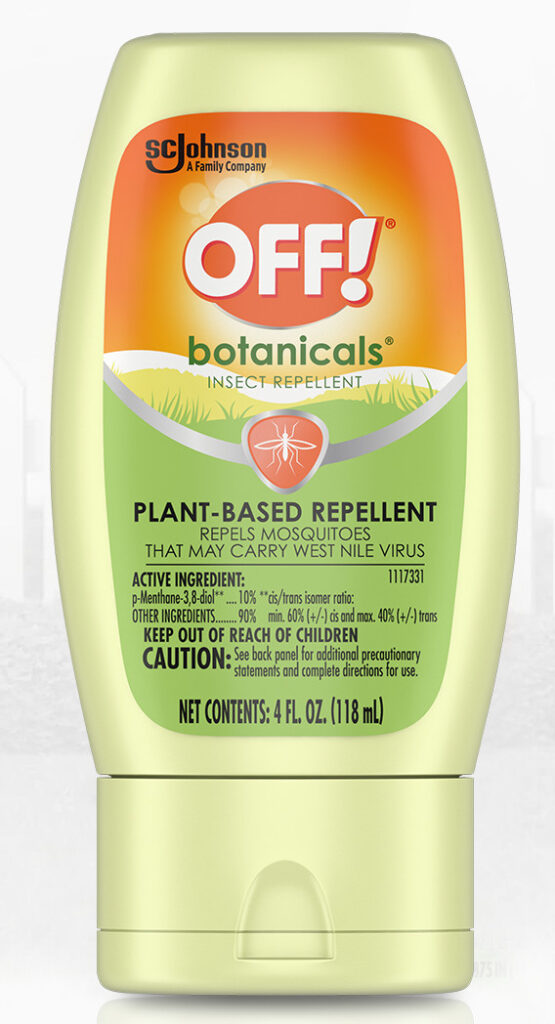Planning your next trip? Whether you’re a newbie or a seasoned traveler, the key to smooth travel is packing the right things. Not doing it right might cause hassle, headache and regrets. Let me help you out.
Is this you?
Staring at your bed, with your stuff on it and thinking, “Should I bring this or not?”
Travelers, both new and experienced, are often in a tug-of-war about what to bring on their next adventure. After putting something inside their bag and then one minute, change their mind and pull it out. There’s no definite, fixed mind on what to pack.
It’s time-killing and drains your energy.
When you thought you got it all and confidently waltz on to your travel, you remembered you left your medicine prescription, leaving your fate to the gods as you forgot your precious drugs.
Others, they might be on a jungle trek, and the next morning, cute little pink bumps by mosquito bites appear, all because they haven’t brought mosquito repellent.
Blind spots in preparation are frustrating, aren’t it?
Other travelers tried to escape this ordeal by just getting up in their bed, packing what their hands could get and their bags could handle,
and the next thing you know, they’re in Jakarta at 10PM and with no plans at all.
We Can Pack It Right
But not perfect.
What we’re doing is to prepare for things that’s in your hands. Whatever’s not, we can’t do so much about- like traffic jams, canceled flights, natural disasters, and annoying babies crying on the plane.
While I believe all travels should be great, there’s no perfect one. With the help of this blog, we can improve your travels by starting with a packing checklist.
Don’t easily accept the saying that “there’s no perfect way to travel.”
Although it’s true, we can make any travels nearly perfect by being a more responsible traveler for yourself.
So, What to Bring Then?
Are you ready to become an efficient traveler?
These lists helped me hold on to my mind on what things to bring and what not.
After over 90 flights and 25,000 miles, I programmed a packing list that works for me every time, everywhere I go.
Even if weather, location and activities may vary the things that you need to bring, this checklist is for all-purpose. Whatever the travel conditions may be, I find these things handy and frequently used.
Now, as you travel, putting this checklist into practice will come to you like breathing and help you organize packing up and speeds your travel preparations. It will also help minimize the risk of any trouble along the way.
Download this checklist (I’m not gonna ask for your email) and follow through the blog: Travel Packing Checklist
Table of Contents
Health Checklist
(A huge disclaimer: The content provided here is for general purposes and does not take the place of professional advice from your doctor or medical experts. Consider these checklists with caution and always consult your doctor prior to traveling. Read more of my Disclaimer.)
You don’t want to spend 3 days of your vacation on a hospital bed with agonizing stomach pain and a broken bank
or catching breath, like you’re being robbed out of air, because you’ve gone short of asthma inhalers while on a hike.
While there are so many loose ends to fix these problems, like, for instance, carefully choosing where to eat and self-checking, one way to avoid these horrible experiences is preparing.
If you have prescriptive medicine, make sure:
- You bring enough for the trip and some extra for emergencies.
- Should you go depleted, you must have your doctor’s prescription with the latest prescription date and a letter stating its purpose.
Know some special restrictions on your country of choice in terms of prescriptive drugs. Be aware that other countries are lenient with prescriptive drugs while others are not. So a thorough research will help you not get in trouble.
For example, the use of Adderall, helps to ease ADHD, is allowed in the US but not in Japan. If you’re caught carrying this in Japan’s border, you can get the risk of imprisonment and arrest. Another example, Xanax brought to New Zealand without any documentations or prescriptions can get you deny entry.
Major cities have pharmacies and have a greater chance of finding prescription drugs.
The problem starts when you plan to go to rural areas or far away from the city, when there’s not even a single establishment in sight. One thing to also look at is the quality of the drugs, or worse, a counterfeit.
That’s why, before traveling, check your itinerary and make sure you understand the environment you’re going to.
For this, bringing enough prescription drugs will lessen the risk of falling ill.
Just imagine you’re on a remote island, far away from the nearest hospital or pharmacy, and you consumed all of your medicine?
I’ll leave the rest to your imagination.

Over-the-counter drugs will help you relieve stress if you feel under the weather or headache because of exhaustion or lack of sleep. Some examples are (Links on caption are non-sponsored and for courtesy only):
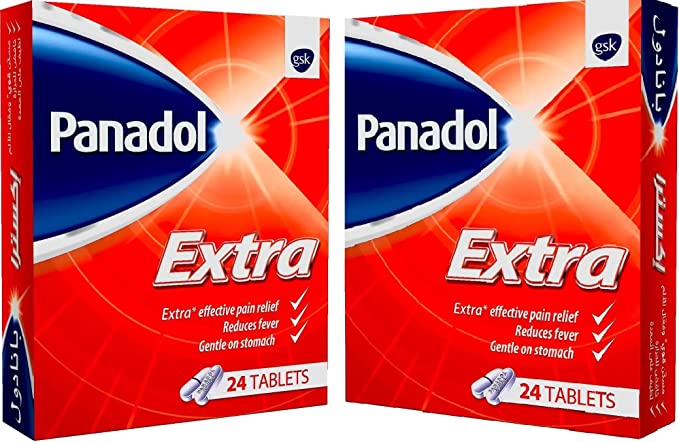
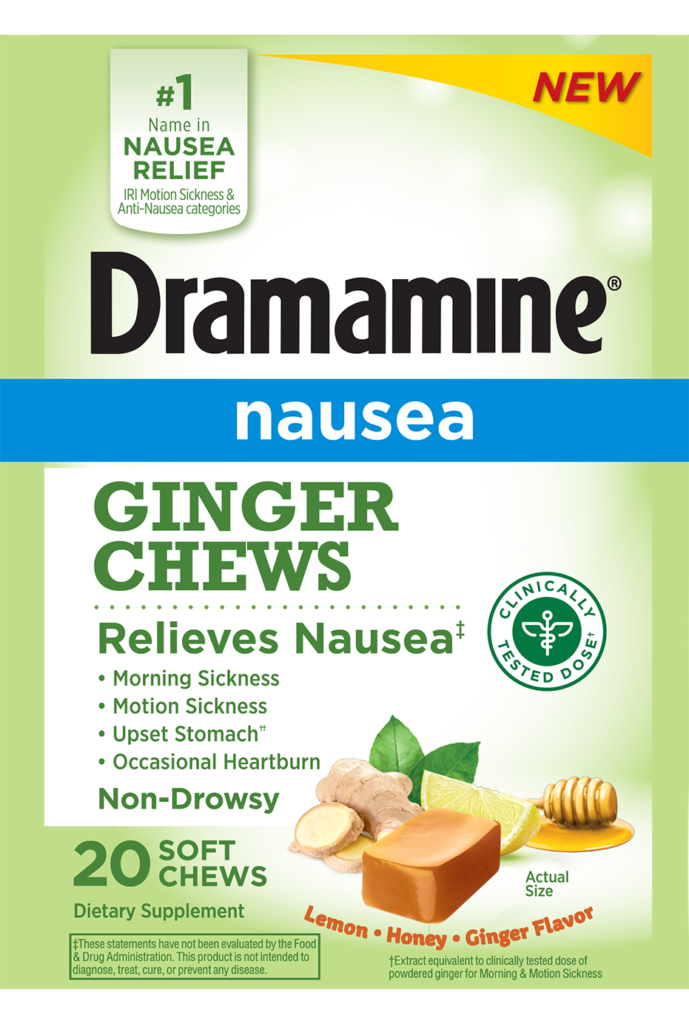
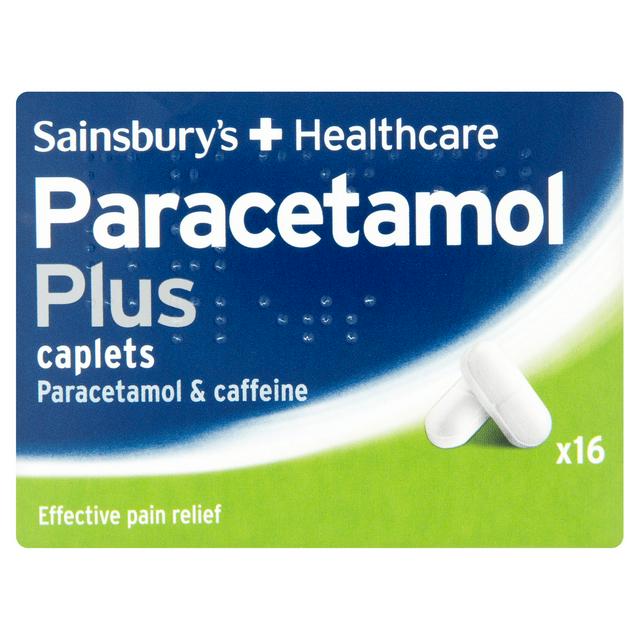
These are handy and safe to take when you feel slight sickness.
Some will go beyond pain-killers and paracetamol. When going on long-duration travel, say 6-12 months, some tourists will undergo vaccinations.
(But to my dear friends, vaccinations considerably depends on your country of origin and requirements your government imposes on you. Again, consult a travel doctor on these matter.)
Especially when going to South East Asia where cases of hepatitis and malaria are known (although not epidemic, and the situation is getting better today), travelers opt to take hepatitis A and B vaccinations.
Lastly, consult your doctor and tell them your travel plans. They can give the best advice on what to take or not. They can also keep you updated with drug restrictions to the country of your destination. Doctors can give the ultimate and safest advice.
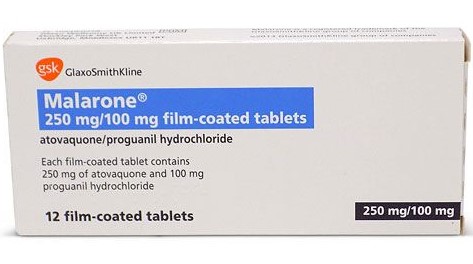
Accessories Checklist
It sucks, right?
That as you step on your holiday, your brain rewires itself and tells you you forgot some high-technology wires for your sophisticated gadget, all because of inattentive owners.
You might not feel it, but some accessories might be crucial for your travel. Let’s help your brains not get strung out by having a checklist of these things:
Travel adapters
Imagine arriving at 11PM, checking in at your hotel in Vietnam. Your phone shows a 5% battery and is about to shut-down any minute now.
No problem! Just… plug… wait, what!?
You found out that your charger doesn’t fit the hotel’s power outlet. Sucker.
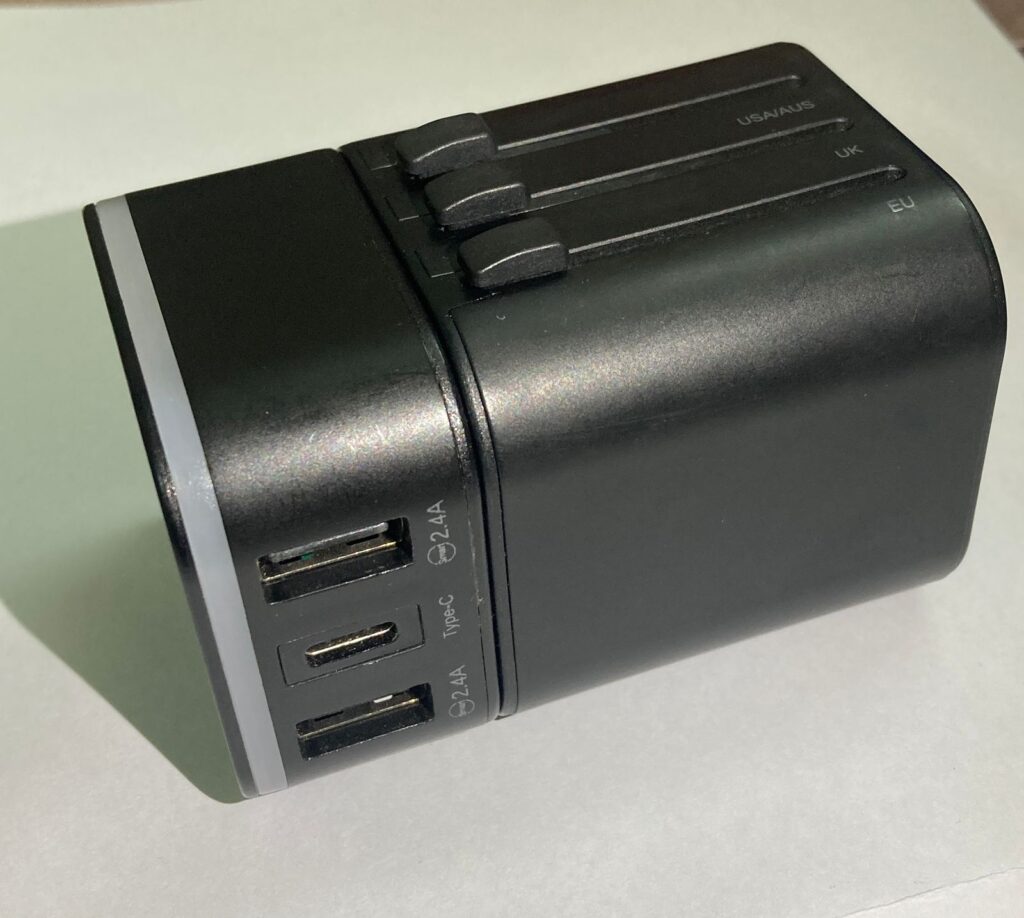

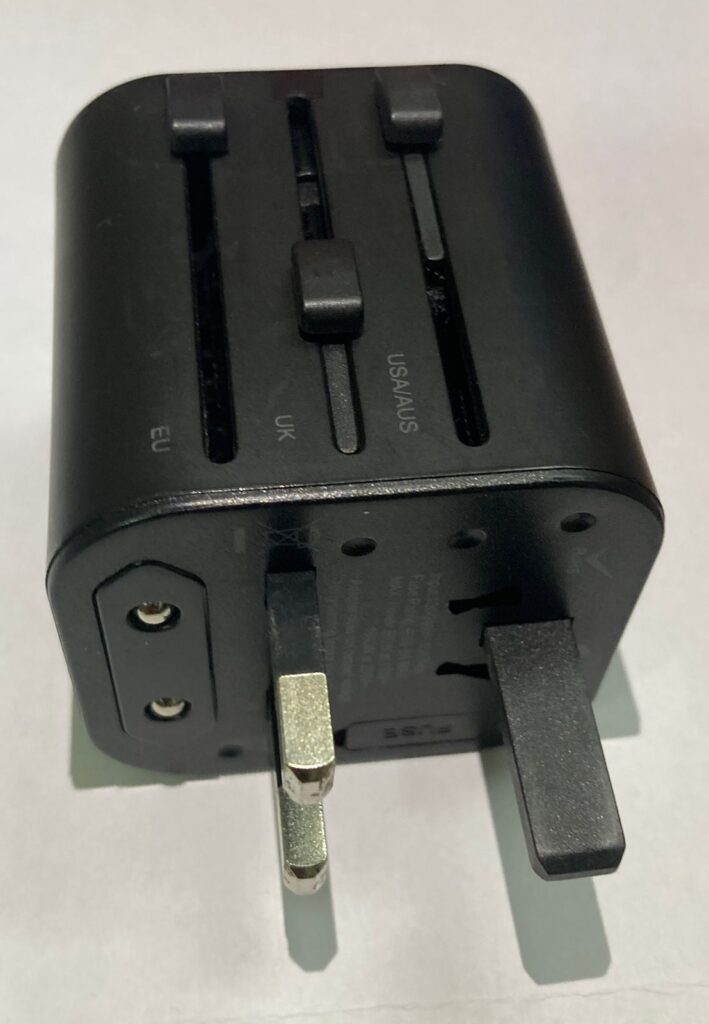
Everywhere I go, I bring my travel adapter with me.
It’s a universal adapter which pretty much works for all power outlets wherever you go. It’s an imperative accessory on your travels and a lifeline for all of your equipment for it to work – laptop, phones, camera, etc.
You might have the charger, but what use if it’s unfit for the country’s power holes?
Again, travel adapters are a must.
Batteries
The heart of your gizmos.
Ideally, your equipment that needs a battery must have some spares. For example, your action cams must have 2 spare batteries.
Cameras, based on my experience, can have at least 1 spare battery. Camera batteries don’t run out as fast as action cams do.
So make sure your equipment has spare batteries, ready for reload whenever you run out while you’re outside. It would be a shame if the next half of your tour would just relive on your memories.
As the modern adage goes, “Picture or it didn’t happen.”
Powerbank
Thanks to technology.
Now, we don’t have to go around looking for power outlets while on a beach in Bali. Portable chargers that our hands can hold are now within our reach.
Power banks are your best friend.
With a gazillion things your mobile phones can do, batteries drain quicker (and I miss the undead Nokia phones). You need some handy power banks wherever you go.
You don’t want to get caught on a dead phone while navigating on Google Maps.
So, always bring power banks with you. My general rule is to charge my power bank at the soonest opportunity, and I always leave my hotel with a 100% battery on it.

Now, when choosing a power bank, choose with a midrange capacity. They rate power banks at “mAh”. It simply means that a higher mAh means the longer it runs out of power.
But having a higher mAh does not always mean a good idea because it also means that you’ll have a bigger power bank, and it’ll be bulky.
Go for power banks with around 10,000 mAh. A full charge will last for about 2 days.
Never run out of battery and share your power bank with others and win a friend.
Wires
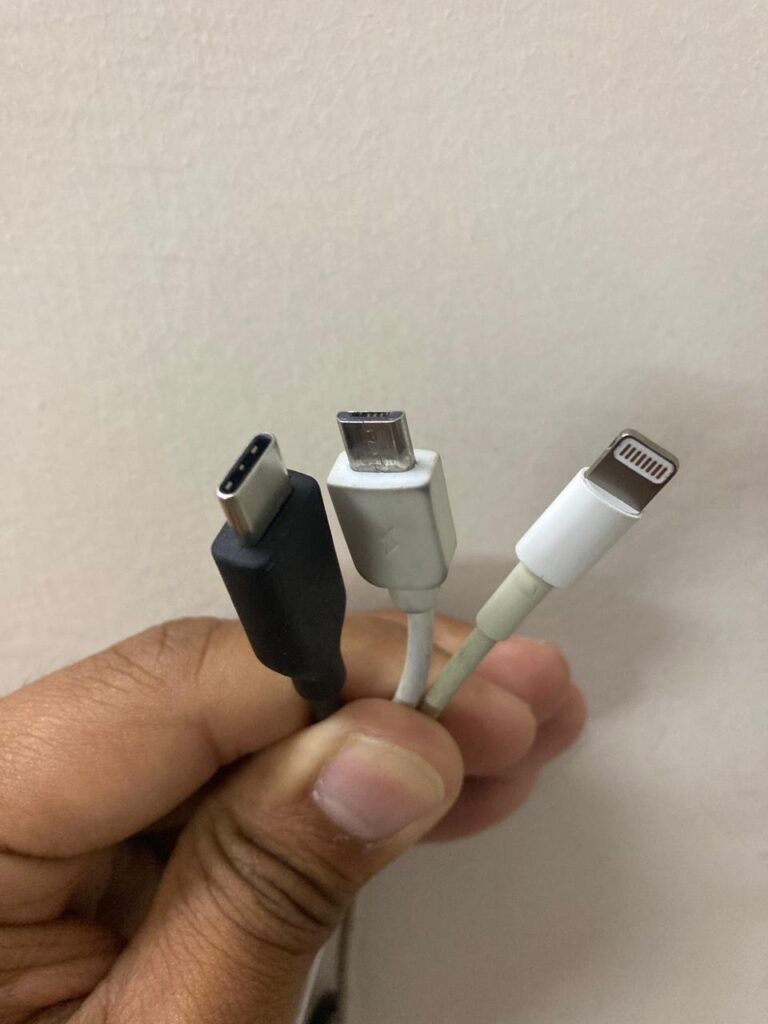
Whether on a long or short trip, ideally, every gadget should have each of its own wires.
You don’t want 2 gadgets having to share the same wire. For instance, if both a camera and GoPro need charging, one equipment will wait for its turn.
Sometimes, you don’t have all the time in the world, and to wait for one to finish charging might take a precious time off your itinerary. A minute wasted is a minute lost.
You might not be ready to go to your next destination because you have to wait for your phone or whatever it is to charge up.
I stick to one charger to one gadget policy. Besides, wires are not bulky and don’t add too much space in your backpack.
Pen
Nothing fancy, a working pen will be fine.
I have so many instances that I need to use a pen on my travels that it’s already etched in my mind that I have to bring one.
From writing immigration forms to fixing stuck zippers, a pen is a traveler’s favorite tool.
Also, you need a pen to write important addresses, phone numbers, journals, and anything your brain can’t hold on to.
Just like power banks, share your pen with a stranger and win a friend.
Locks
There are no locks that men of good and evil can’t unlock.
TSAs simply cut your locks, or you’ll be asked to open it for security checks. The crooks would simply break it.
So, why the fuss of having locks?
First, it will help your luggage from accidentally opening while on transport at the airport or by bus. Second, should you leave your luggage in shared rooms, hostels for example, it’s a good practice to put locks and give them a bit of a hard time on opening it.

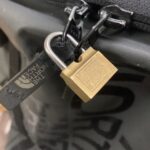
In hotels, you don’t know who’s cleaning your room or bringing up your bags. A layer of protection will somehow help.
For me, the most helpful thing it can do is when you walk on the streets, robbers can’t quickly take something from you, averting a heist and dismaying travel.
Then again, people can unlock it whoever wishes to, but with a challenge. At least give your bags a fighting chance.
Honestly, locks are there not to protect your personal property, but to give you peace of mind. It psyched up your head for that extra safeguard.
Money Belt
Belt bag or fanny pack, as you might want to call it, this is easy access to your various necessary stuff- passports, itinerary, cash, credit cards or whatnot.
Save yourself from additional hassle over movement of putting down your bag, digging for whatever you need and then putting it on your back again.
Ideally, you want to put the things that need to be pulled out in frequent times. Passport for identification, cash or credit card for payments and pen for filling up form. Other times, your power bank for charging up on the road.
Say, you’re on a jam-packed bus, and you need to reach out for some money and it’s in your bag, which is on the overhead bin. Can you imagine how helpful a money belt is in this situation?
Plus, you have these important things close to your body, making it secure and safe from losing or theft.
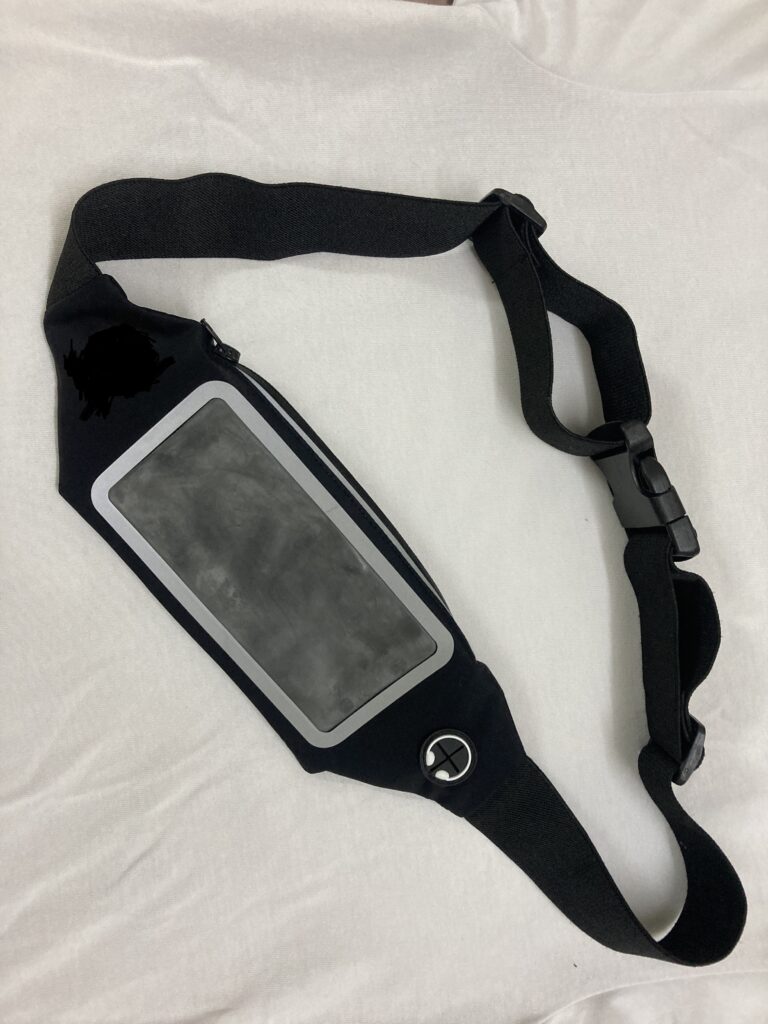
Outfit Checklist
Outfit choice hinges on the wearer.
Be it comfort over style,
or style over comfort,
or both, you need to go through what outfit is best for you.
Some people are part of the IG vanity federation. Their outfit should match with the vibe, the background and where the sun strikes. These people don’t come in front of the camera unprepared. They’ll kill for their OOTD.
While others are the entire contrary. These bunch don’t mind if they look like they just got out of bed and wander off the streets, the mountains and the alleyways with their $2 flip-flops. They give the least of the damn about what they’re wearing.
To be honest, I can’t offer the best advice on travel fashion. It’s a highly subjective part of our packing checklist.
What I can offer is to prepare you for what to wear during travels that makes sense every time.
The clothes that I’ll mention are the most common and frequently used. The type and make will depend on your destination.
For example, when I say bring some pants, what type of pants will you bring?
Will you be on a hike? Or on a city tour?
Is it cold there?
or is it sweltering hot?
From there, you get to decide what type of pants you’d bring.
Outfitting is a more of a personal pick. There’s no perfect choice and it will affect your fashion sense. But allow this checklist to help you kick start your decision.
Activities
Imagine this:
You plan to do a bike tour.
But you found out that all you have packed was designer dresses and skinny jeans. How have you come up with such a choice? Can you imagine how you’ll pedal through with your dress?
Another example, if you plan to dine in a high-class restaurant in your chosen city, you’ll wear a classy and formal dress for dinner.
Suddenly, you realized that all you have is just a plain shirt and board shorts. How have you thought of not bringing elegant dresses?
Your outfit and activity should reconcile. Your choice of activity dictates on what you wear on the day of your travels.
Plan out your activities and bring on the right attire based on what you’ll do. Some activities that you might think of are:
- Trekking
- Mountain climbing
- Pilgrimage
- Liveaboards
- Off-roading
- Camping
- City Tours
- Jungle adventure
- Biking
- Cross country
- Island hopping
- Swimming
Wear clothing that befits with your travel activities.
Weather/Climate
Surely, you don’t plan on jogging on the Great Wall of China, do you?
With your sneakers and lightweight trainer pants and sleeveless shirts? Temperature goes down to Ice Age up there, if you go at the wrong season.
It pays to research the climate and weather of where you’re going. Don’t end up dumping all of your clothes, as it’s weather-inappropriate during your travels.
In South East Asia, climates are ranging from fainting hot to chilling cold. Also, the weather acts up and is unpredictable sometimes. One morning it’s humid and in the afternoon heavy rain comes later.
Worse, if the weather doesn’t cooperate, you’ll catch a typhoon.
You also have to account for the altitude too. In urban cities, temperatures are pretty okay, but when you ascend into the mountains, the environment might go colder than you think.
So, put in mind the weather characteristics of the place you’ll be in.
Dress Codes
In the Philippines, having been under the colony of Spain for about 300 years, have established many Catholic Churches around.
These churches have stood time and witnessed it pass by. The architectural marvel and design influence of the Spanish colonizers is now an attraction in the present times.
Now, you might see it as a tourist spot- enjoying the history and its engineering. But for locals they consider these spots as holy places.

Be sensitive and respectful to religious landmarks.
As a general rule, sacred sites also mean decent clothing.
Locals will appreciate you for wearing decent outfits on holy sites. You don’t want to go there in your mini skirts and revealing shirts like you’re the next Megan Fox. Dressing up whatever you want might not apply in these places as opposed to where you’re from.
That’s one way on how you look at your outfit preparations.
The Other Things that You Need to Bring
Now that we have covered the 3 factors that affect your outfit decision, there are things you want to bring all the same.
Note that every wear is dependable on the 3 factors we have mentioned.
For instance, when we say socks, we have to think about the type of activity and weather you’re about to go to. In colder climates, use thermal socks to insulate warmth.
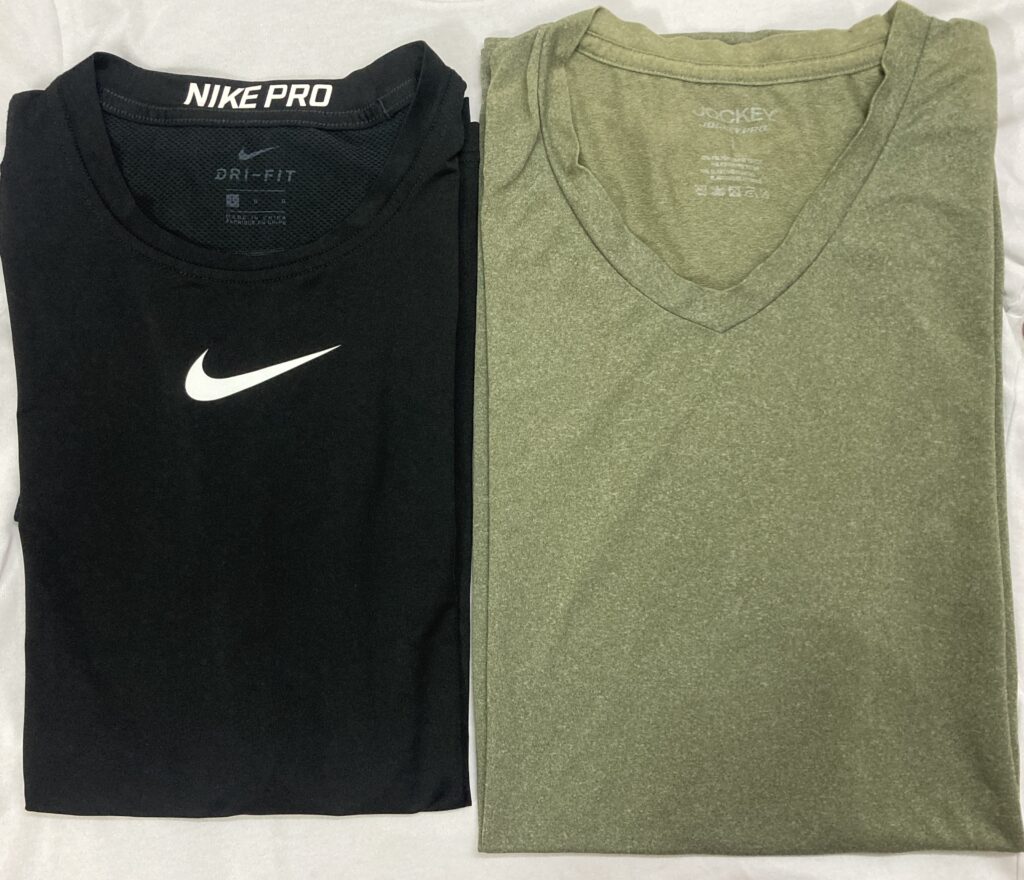
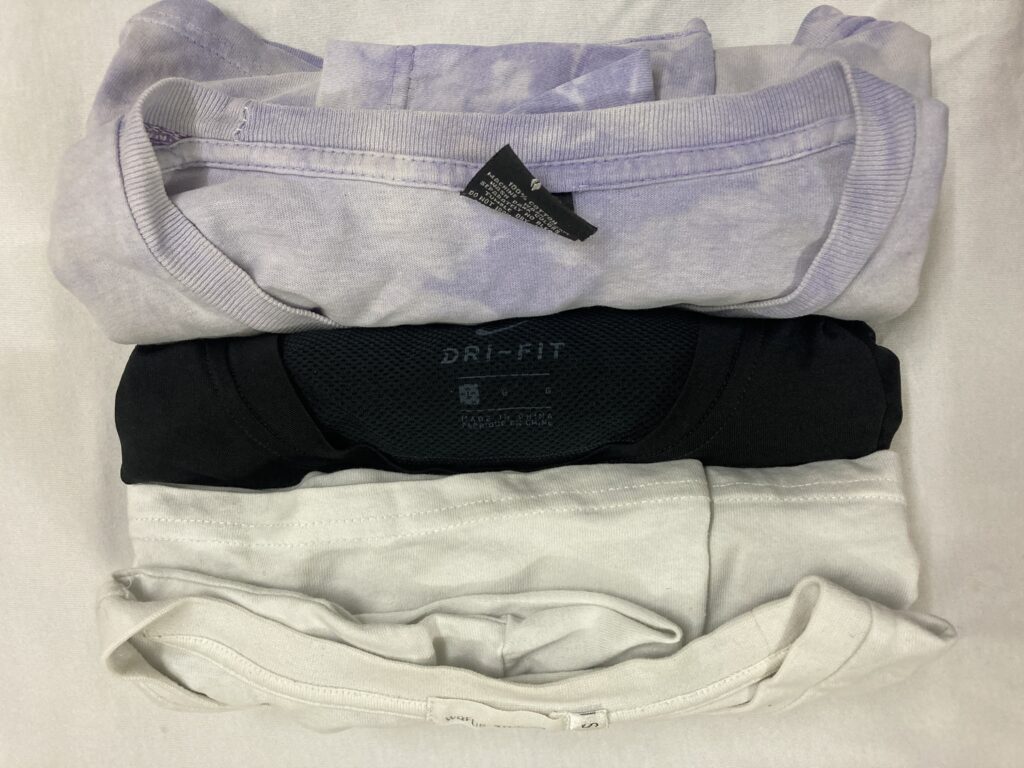
Another, let’s say, you’ll be on a trek, so a good trekking sock might be good for you.
For swimming activities, you want to bring board shorts or swimming trunks for men and swimsuits for women.
You get the picture of what I mean.
Here is the list of clothes that I always bring on every travel:
- Light polyester fiber shirts
- Sunglasses
- Hat
- Windbreaker jacket
- Pants
- Polo (long- or short-sleeved)
- Underwear
- Slippers/sandals
- Shorts
- Sneakers
- Socks
Now that you already know what to dress on your next trip, we now go to the next checklist: Travel Documents.
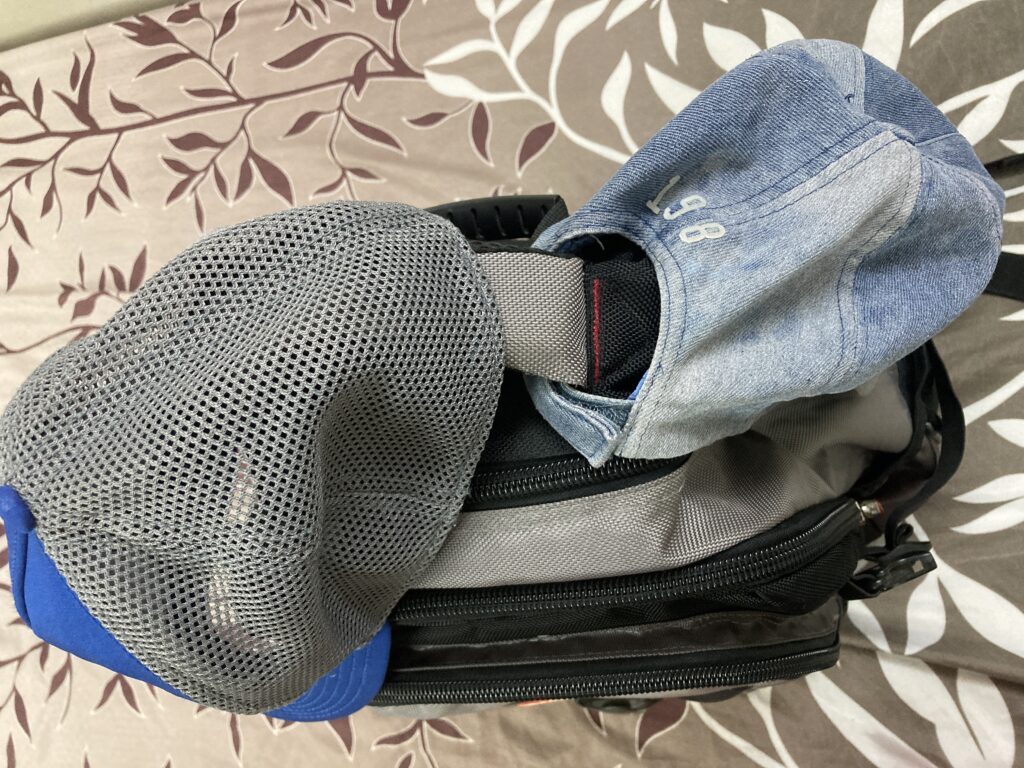
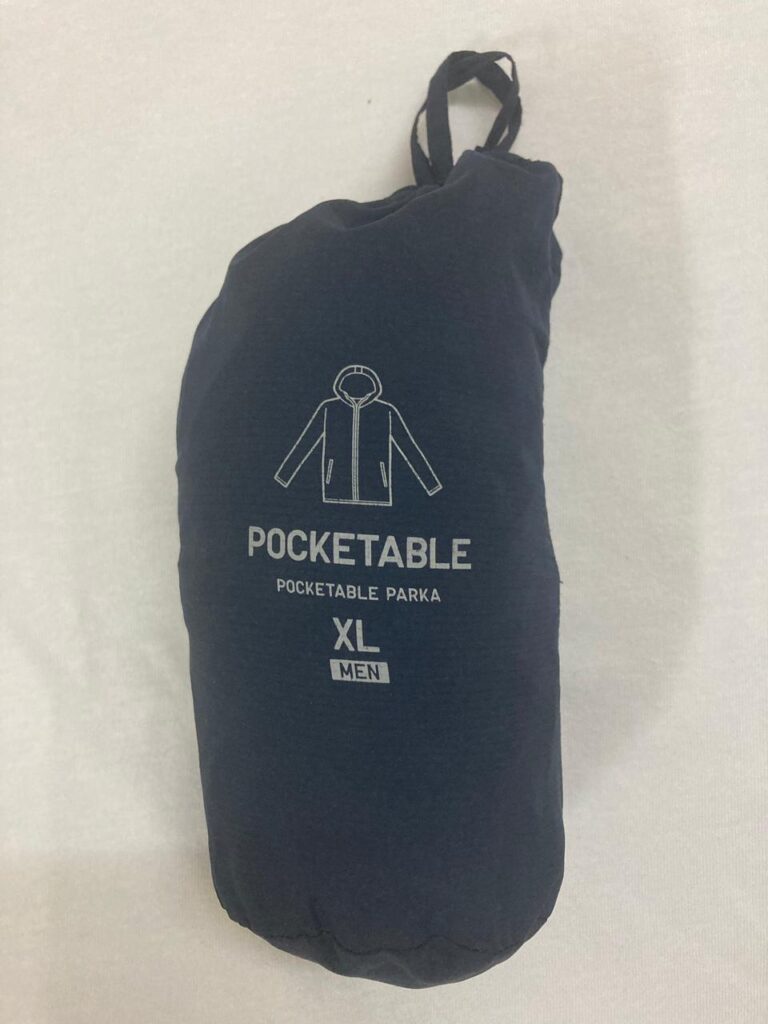

Travel Documents
The most vital part of any trip.
Travel documents help you identify yourself and ease your check-in process.
Several airport authorities will often ask to present printed documents, like, for instance, your VISA.
You can’t expect to have everything on your phone. You risk having anyone invade your privacy or other details that you might not want to share. Airport people might not be eager to follow the rules of “Don’t Swipe” while in your photo gallery.
You don’t know what might be the other person is running through when your phone is behind his/her desk.
Unlucky you if it’s a grumpy old man trying to lower his spectacles, eyes narrowing, to see those details he’s looking for on your mobile screen.
Unless otherwise asked, handing out printed documents will suffice to any airport personnel asking for details about you and your trip.
Let’s go through some documents that are important for your travel:
- Passports
- VISAs
- Itinerary
- Hotel/Hostel Reservations
- Government-issued ID other than passports
Other things that you need to prepare are:
- Cash
- Credit Cards
Important Reminders for your Travel Documents
- Make several copies of it and stash it in your check-in luggage and your carry-on. If (God forbid) one luggage goes missing, you still have a copy of these documents on one of your luggage.
- Digital copies are to be saved on both on your mobile device and on a cloud- Google Drive or iCloud, for example. If ever, (again, God forbid), you lose your phone along with extremely meaningful files and photos, cloud storage will save your day.
- Ideally, share these documents with your family members and confidant friends. They would also like to know where you’re heading and what you’re going to do.
Ready to pack your things?
Travel packing… oh! What a daunting task it is.
You might be in a series of an overwhelming dilemma of pulling out and putting back things on your backpack,
or completely freeze or go blank on what’s important to bring or not.
And not doing it right might cause trouble, unexpected costs, or teary eyes.
But now, the checklist handed to you will kick start your packing process. These elaborate steps will help you organize to gather your things and speed your packing system. Also, this checklist helps you reduce the chances of making mistakes.
So How All of these Makes Sense?
By downloading the Travel Packing Checklist that I have made for you, white-labeled and not worry thanking me. Take it, tweak it, and make it your own and make use of it should there be a need.
The checklist will comprise all the things we have covered about in this blog. It’s modifiable according to your travel style and preferences.
This will help you prepare for your next adventure and make sure that you have everything set. Have a worry-free packing and prepare like a pro.
There you have it! You’re now a better and prepared traveler! To more adventures, my friend.

